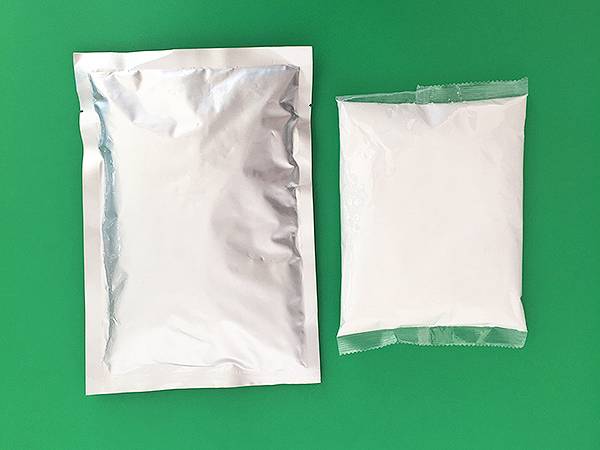



Chlorine Dioxide Application in Effective Wastewater Treatment Solutions
Chlorine Dioxide Wastewater Treatment A Sustainable Approach
As societies continue to grapple with the challenges of water pollution and environmental degradation, innovative solutions for wastewater treatment are increasingly important. One such solution is the use of chlorine dioxide (ClO2) in the treatment of wastewater. Known for its exceptional disinfection properties, chlorine dioxide presents a viable option for municipalities and industries aiming to improve their wastewater management processes while adhering to environmental regulations.
The Chemical Properties of Chlorine Dioxide
Chlorine dioxide is a yellow-green gas that is soluble in water. Its unique chemical properties make it an effective disinfectant. Unlike chlorine, which can form harmful by-products during disinfection, chlorine dioxide does not generate trihalomethanes and haloacetic acids—compounds often linked to health concerns. This is particularly important in the treatment of municipal and industrial wastewater. Furthermore, chlorine dioxide is a strong oxidizing agent, which facilitates the breakdown of organic compounds, pathogens, and other contaminants.
Application in Wastewater Treatment
The application of chlorine dioxide in wastewater treatment typically occurs in two primary phases pre-treatment and disinfection. During pre-treatment, chlorine dioxide can be used to oxidize complex organic materials, making them easier to biodegrade in subsequent treatment stages such as activated sludge processes or anaerobic digestion.
In the disinfection phase, chlorine dioxide effectively eliminates bacteria, viruses, and other pathogens from treated wastewater before it is released into natural bodies of water or reused for agricultural or industrial purposes. The dosage and contact time of chlorine dioxide are critical factors influencing disinfection efficiency. Adjusting these parameters ensures compliance with regulatory standards for effluent quality.
Advantages of Chlorine Dioxide in Wastewater Treatment
One of the most significant advantages of using chlorine dioxide is its effectiveness across a wide pH range
. Unlike traditional chlorine, which loses its efficacy at higher pH levels, chlorine dioxide maintains consistent performance, enabling it to effectively treat wastewater that may have fluctuating pH levels.chlorine dioxide wastewater treatment

Another notable advantage is its rapid action. Chlorine dioxide acts quickly against various pathogens, significantly reducing the time required for disinfection compared to other methods. This rapid action is particularly beneficial in high-flow situations or emergency scenarios where immediate treatment is crucial.
Additionally, chlorine dioxide is less corrosive than chlorine, making it a safer alternative for equipment and infrastructure within treatment facilities. This characteristic translates to reduced maintenance costs and prolonged equipment life, which is a significant consideration for wastewater treatment facilities operating on tight budgets.
Environmental Considerations
The application of chlorine dioxide in wastewater treatment aligns with contemporary environmental goals. By minimizing hazardous by-products and enhancing the breakdown of organic pollutants, this method contributes to the sustainability of aquatic ecosystems. Furthermore, it can support the principles of a circular economy by enabling the safe reuse of treated wastewater for irrigation or industrial processes, thus conserving freshwater resources.
Challenges and Safety Measures
Despite its advantages, the use of chlorine dioxide in wastewater treatment is not without challenges. Chlorine dioxide is a strong oxidizer and can be hazardous if not handled properly. Consequently, stringent safety measures must be implemented, including proper storage, monitoring of concentrations, and training for personnel handling chlorine dioxide.
Moreover, while chlorine dioxide is highly effective against many pathogens, it may be less effective against certain protozoans and viruses, necessitating supplementary treatment methods in some cases. Therefore, a comprehensive approach that combines chlorine dioxide with other treatment technologies may yield the best overall results for wastewater treatment.
Conclusion
Chlorine dioxide offers a robust solution for the treatment of wastewater, providing significant advantages over traditional disinfectants. Its effectiveness in a variety of conditions, combined with its capacity to minimize harmful by-products, makes it an attractive option for both municipal and industrial applications. As water scarcity and pollution become increasingly pressing global challenges, the adoption of chlorine dioxide in wastewater treatment is a step towards more sustainable and responsible water management practices. By leveraging this innovative approach, communities can ensure safer, cleaner water for future generations while protecting our precious environmental resources.
-
Why Sodium Persulfate Is Everywhere NowNewsJul.07,2025
-
Why Polyacrylamide Is in High DemandNewsJul.07,2025
-
Understanding Paint Chemicals and Their ApplicationsNewsJul.07,2025
-
Smart Use Of Mining ChemicalsNewsJul.07,2025
-
Practical Uses of Potassium MonopersulfateNewsJul.07,2025
-
Agrochemicals In Real FarmingNewsJul.07,2025
-
Sodium Chlorite Hot UsesNewsJul.01,2025










